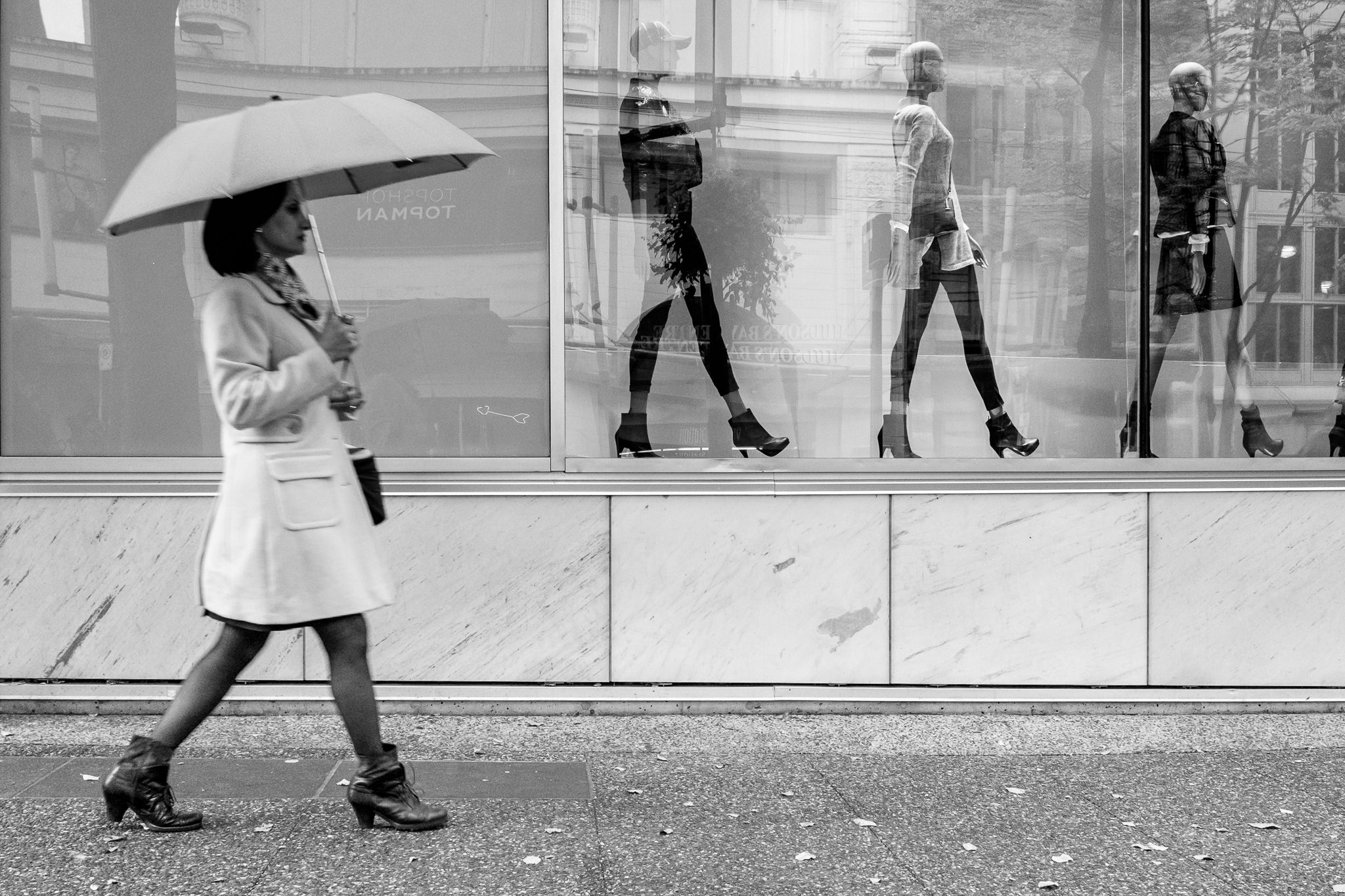Framing Streets Fundamentals Explained
Framing Streets Fundamentals Explained
Blog Article
The Definitive Guide to Framing Streets
Table of ContentsHow Framing Streets can Save You Time, Stress, and Money.Unknown Facts About Framing StreetsGetting The Framing Streets To WorkThe Definitive Guide to Framing StreetsRumored Buzz on Framing StreetsFraming Streets Can Be Fun For Anyone
, usually with the aim of catching pictures at a definitive or poignant moment by careful framework and timing. https://framingstreets1.carrd.co/.
, who was inspired to take on a comparable documents of New York City. As the city established, Atget assisted to promote Parisian streets as a worthwhile topic for digital photography.

The Only Guide to Framing Streets
Martin is the initial videotaped photographer to do so in London with a masked electronic camera. Mass-Observation was a social research organisation established in 1937 which aimed to tape everyday life in Britain and to tape-record the reactions of the 'man-in-the-street' to King Edward VIII's abdication in 1936 to wed divorce Wallis Simpson, and the succession of George VI. The principal Mass-Observationists were anthropologist Tom Harrisson in Bolton and poet Charles Madge in London, and their initial record was generated as guide "May the Twelfth: Mass-Observation Day-Surveys 1937 by over two hundred observers" [] Window cleaner at Kottbusser Tor, Berlin, by Elsa Thiemann c. 1946 The post-war French Humanist Institution professional photographers discovered their topics on the road or in the bistro. In between 1946 and 1957 Le Groupe des XV every year exhibited work of this kind. Andre Kertesz. Circus, Budapest, 19 May 1920 Road photography created the major content of 2 events at the Museum of Modern Art (Mo, MA) in New York curated by Edward Steichen, Five French Digital Photographers: Brassai; Cartier-Bresson, Doisneau, Ronis, Sony Camera Izis in 1951 to 1952, and Post-war European Photography in 1953, which exported the idea of street digital photography internationally.

Not known Incorrect Statements About Framing Streets
, after that an educator of young youngsters, connected with Evans in 193839.'s 1958 publication,, was considerable; raw and frequently out of emphasis, Frank's images questioned mainstream photography of the time, "challenged all the formal rules laid down by Henri Cartier-Bresson and Walker Evans" and "flew in the face of the wholesome pictorialism and heartfelt photojournalism of American magazines like LIFE and Time".
Report this page